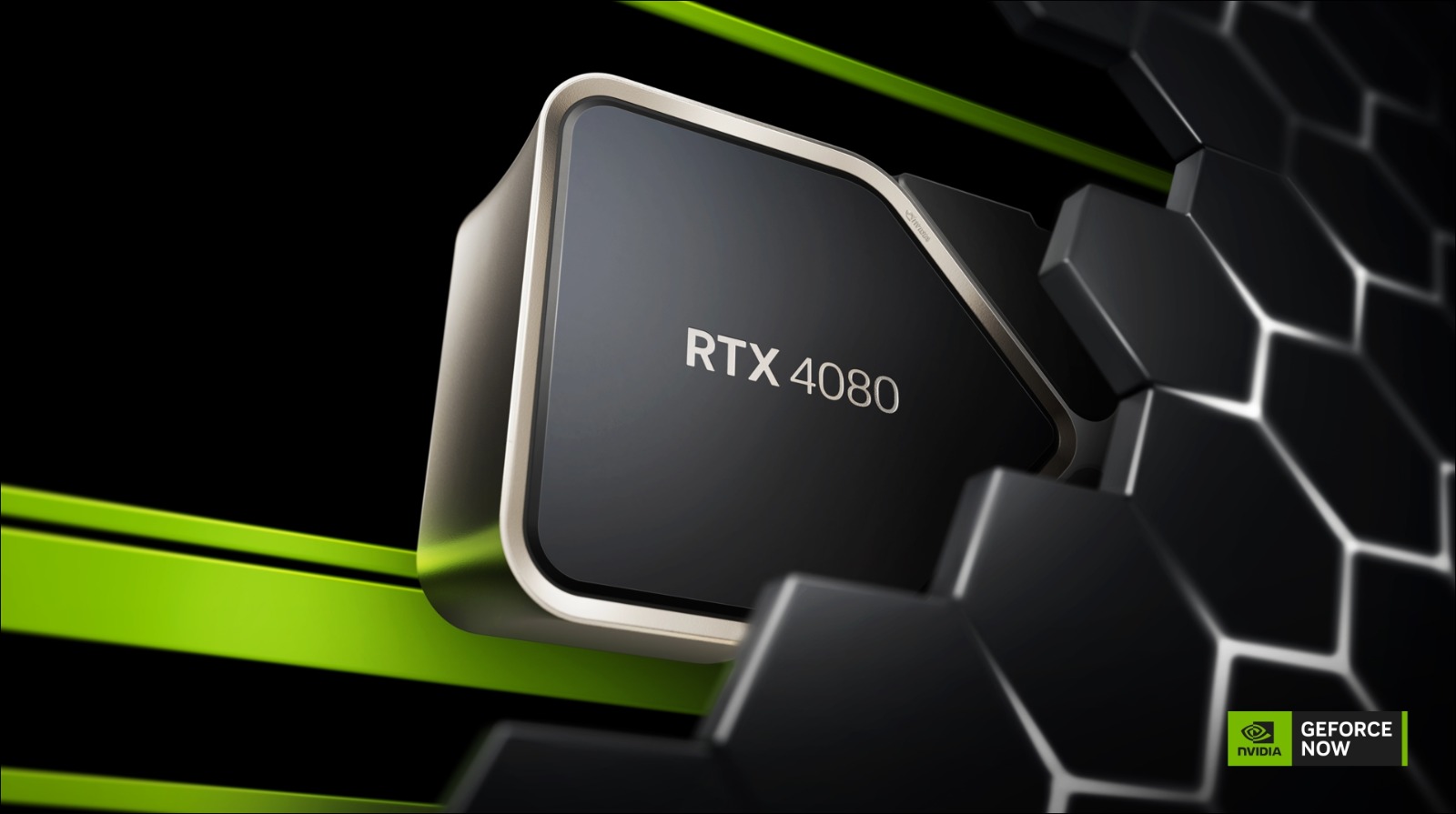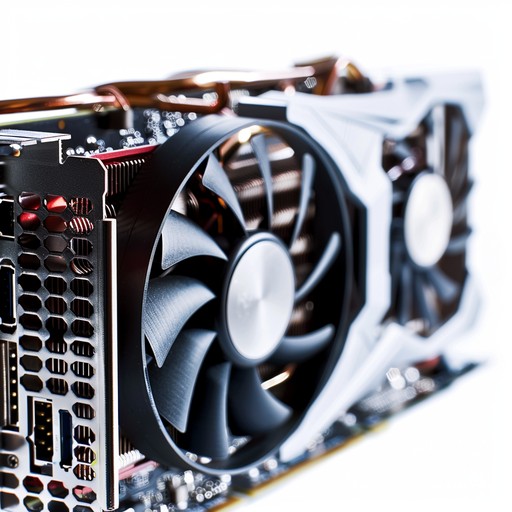Nvidia has just introduced a major update to their RTX 40 series of graphics cards with the new Super Series. This update brings three new models: the RTX 4070 Super, RTX 4070 Ti Super, and RTX 4080 Super. These new cards are more powerful and offer better value for money compared to the previous models, making them great choices for high-end gaming at 1440p and 4K resolutions, especially if your games use ray tracing or DLSS features.
However, the top-of-the-line RTX 4090 doesn’t get a Super upgrade, which makes sense since it’s already incredibly powerful. The RTX 4080 Super comes close to the 4090’s performance, and the other two new cards add strong options at competitive prices. If your gaming PC is a few years old, these new Super Series cards are definitely worth considering as they become available in the next few weeks. Let’s dive into the details of these cards to see how they compare to the old models and find the best one for you.
RTX 40 Super Series Specifications
| RTX 4090 | RTX 4080 Super | RTX 4080 | RTX 4070 Ti Super | RTX 4070 Ti | RTX 4070 Super | RTX 4070 | |
| GPU | AD102 | AD103 | AD103 | AD103 | AD104 | AD104 | AD104 |
| Interface | PCIe 4.0 | PCIe 4.0 | PCIe 4.0 | PCIe 4.0 | PCIe 4.0 | PCIe 4.0 | PCIe 4.0 |
| CUDA Cores | 16384 | 10240 | 9727 | 8448 | 7680 | 7168 | 5888 |
| Boost Clock | 2,235MHz | 2,505MHz | 2,205MHz | 2,610MHz | 2,610MHz | 2,475MHz | 2,475MHz |
| Memory | 24GB GDDR6X | 16GB GDDR6X | 16GB GDDR6X | 16GB GDDR6X | 12 GB GDDR6X | 12 GB GDDR6X | 12 GB GDDR6X |
| Memory Speed | 21 Gbps | 23 Gbps | 21 Gbps | 21 Gbps | 21 Gbps | 21 Gbps | 21 Gbps |
| Memory Bus | 384-bit | 256-bit | 256-bit | 256-bit | 192-bit | 192-bit | 192-bit |
| TDP | 450W | 320W | 320W | 290W | 285W | 220W | 200W |
The RTX 40 Super series graphics cards are mainly meant to replace the current models, with the RTX 4080 Super and RTX 4070 Ti Super taking over their predecessors. The RTX 4070 will still be available alongside the new RTX 4070 Super, giving buyers more choices and boosting Nvidia’s GPU lineup’s overall performance.
The improvements vary between models. For instance, the RTX 4080 Super gets a modest boost in CUDA cores with the upgraded AD103 GPU, adding just over 500 more cores. However, the clock speed sees a significant jump, with the boost clock increasing by 300 MHz to over 2.5 GHz.
While it keeps the same 16GB of GDDR6X VRAM, this memory is now faster at 23 Gbps, enhancing overall memory bandwidth and performance. This makes the RTX 4080 Super a better deal compared to its predecessor, offering more power for a lower price while using the same amount of energy. It’s a solid upgrade to the RTX 4080

The RTX 4070 Ti Super received a significant upgrade with its GPU now based on the AD103 chip, the same one used in the RTX 4080. This change adds nearly 1,300 CUDA cores, giving it a substantial performance boost. It keeps the high clock speeds of the original RTX 4070 Ti and upgrades its memory to the same 16GB of GDDR6X found in the RTX 4080. This should make the 4070 Ti Super capable of competing closely with the RTX 4080.
The RTX 4070 Super experienced the most dramatic improvement among the new models. Although its memory and clock speeds remain unchanged, it gained 1,280 additional CUDA cores, which is a more than 25% increase over the standard RTX 4070. This boost in cores should lead to significantly better performance.
Given its already excellent value for gaming, the RTX 4070 Super offers even greater performance at high frame rates, though it may require a bit more power. This extra power consumption can be managed with advanced cooling solutions from third-party manufacturers.
Power Meets Performance: Where Efficiency Matters
The Nvidia RTX 40 Super series isn’t set to redefine graphics performance or outshine the RTX 4090 as the ultimate gaming powerhouse. Instead, it aims to enhance Nvidia’s RTX 40 lineup, making it more competitive against AMD’s RTX 7000 series, which has gained strength through updates, feature additions, and price reductions.
While we don’t yet have third-party benchmarks or specific internal test results, the RTX 40 Super Series is expected to deliver top-tier gaming performance and excellent value in 2024.
The RTX 4080 Super will offer a modest performance boost over the RTX 4080, likely around 5-10% faster in most games. This puts it in close competition with the AMD RX 7900 XTX, making the high-end graphics card market even more intriguing.
The RTX 4070 Ti Super’s increase in CUDA cores should provide about a 10% performance improvement. More notably, its 16GB of GDDR6X memory addresses concerns about VRAM limitations on lower-tier models, making it better suited for high-end features and 4K gaming.

The RTX 4070 Super represents a significant upgrade over the standard RTX 4070, featuring a 20% increase in CUDA cores. Nvidia claims this boost should translate to nearly a 15% improvement in general gaming performance. This would make the RTX 4070 Super comparable to, or even slightly faster than, the RTX 3090—a previous generation flagship that was nearly three times as expensive at launch. Additionally, the RTX 4070 Super benefits from updated tensor and RT cores and supports DLSS 3 frame generation.
We are awaiting our own benchmarks to confirm these performance claims, but early indications suggest that these new cards will be a strong addition to the RTX 40 series, especially given their anticipated affordability.


